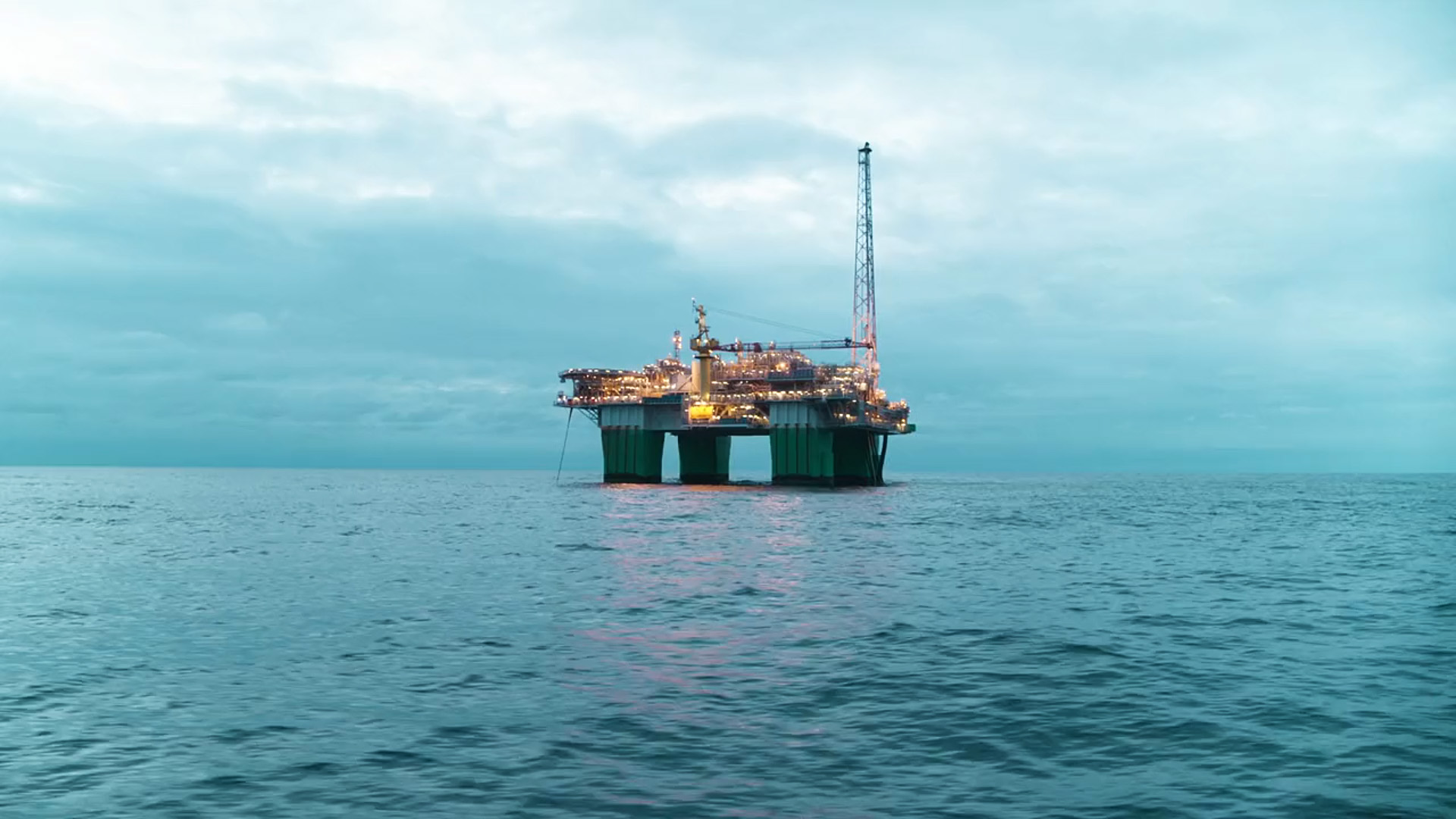Development
Gjøa is developed with a semi-submersible production facility and includes five 4-slot templates. In 2019, Gjøa was granted a PDO exemption for the redevelopment of the P1 segment, including a 4-slot template.
Reservoir
The reservoir contains gas above a relatively thin oil zone in sandstone of Jurassic age in the Dunlin, Brent and Viking Groups. The field comprises several tilted fault segments with partly uncertain communication and variable reservoir quality. The reservoir depth is 2,200 metres.
Recovery
The field is produced by pressure depletion. In the southern segments, oil production was prioritised in the first years. Gas blow-down, production of the gas cap, started in 2015. Low pressure production was implemented in 2017.
Transport
Stabilised oil is exported by pipeline connected to Troll Oil Pipeline II, for further transport to the Mongstad terminal. Rich gas is exported via the Far North Liquids and Associated Gas System (FLAGS) on the UK continental shelf, for further processing at the St Fergus terminal in the UK.
Status
Read more about Gjøa on Norwegian Petroleum's website.


